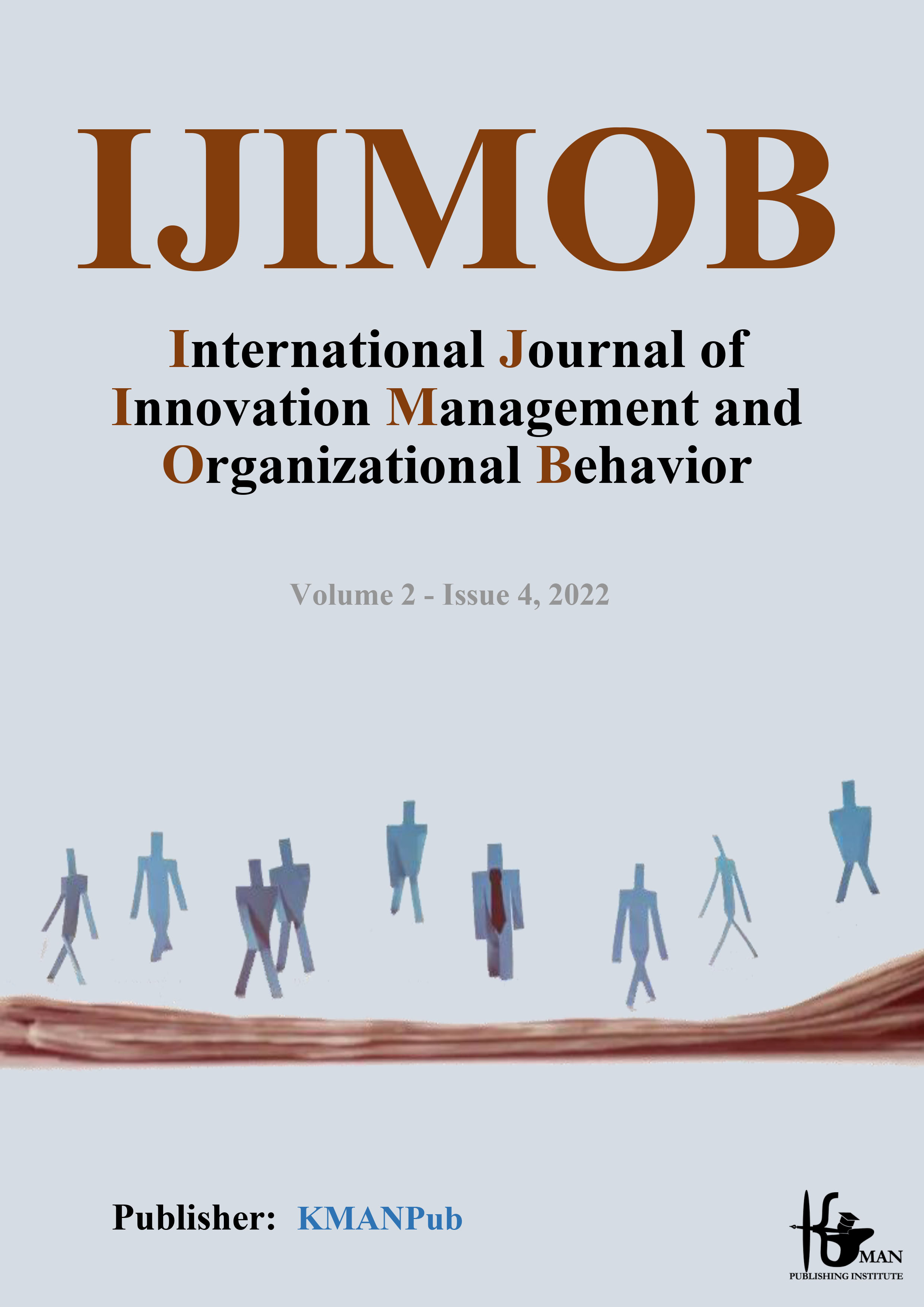Investigating the relationship between early maladaptive schemas in self-efficacy and work enthusiasm of employees
Keywords:
Behavioral sciences, management, organizational commitment, academic library librarians, public librariesAbstract
Background & Purpose: The purpose of the present study was to investigate the relationship between initially incompatible schemas in self-efficacy and the work enthusiasm of employees. Methodology: The current research is applied in terms of purpose and correlational in terms of method. The statistical population of the present study consisted of employees of banks in the 5th district of Tehran. Among these people, 100 people were selected as a statistical sample based on Morgan's table. A questionnaire was used to collect data. The research tools included Yang's maladaptive schemas questionnaire (short form), Scherer et al.'s (1982) self-efficacy questionnaire, and Salona and Shoufeli's (2001) job enthusiasm questionnaire. The collected data were analyzed using SPSS software and Pearson's correlation coefficient for statistical analysis. Results: The findings show a negative correlation between job passion and rejection, poor self-management, and impaired limitation, which is significant at the P < 0.01 level. On the other hand, the relationship between job passion and other areas of orientation and listening to live is insignificant. Also, the correlation between self- efficacy and impaired self-management, other orientation, and impaired limitation is negative and significant at the P < 0.01 level. At the same time, the relationship of self- efficacy with the domains of tinnitus, cutting, and rejection is not significant. Conclusion: The statistical analysis of the data showed that job enthusiasm has a significant negative correlation with the three areas of cut and rejection, impaired self- management, and impaired limitation, but its relationship with the other two areas is not significant. Also, self-efficacy has a significant negative correlation with impaired self-management, impaired limitation, and orientation toward others. This is even though the relationship between self-efficacy and the other two domains, i.e., listening to the bell and cutting and rejecting, is insignificant.
Downloads
Downloads
Published
Submitted
Revised
Accepted
Issue
Section
License

This work is licensed under a Creative Commons Attribution-NonCommercial 4.0 International License.
















